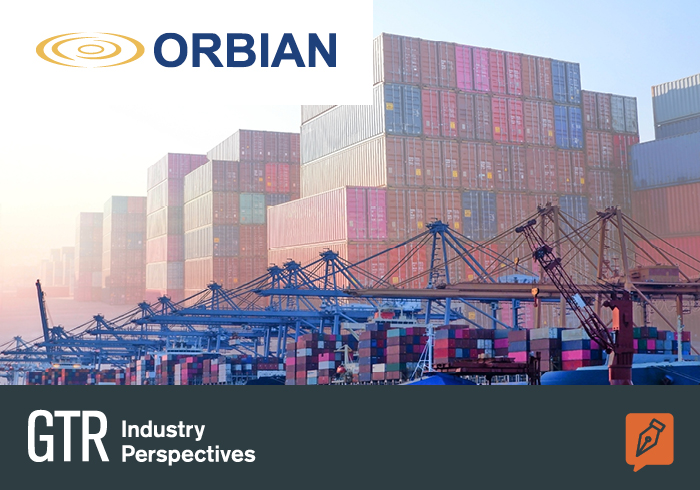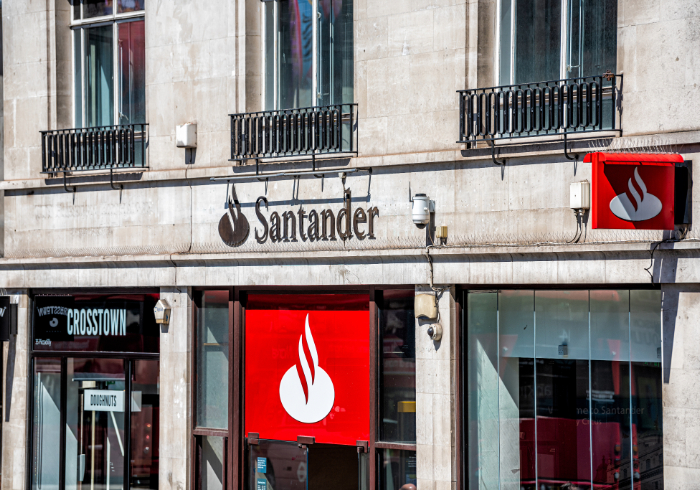Asia’s newest LNG importer Bangladesh has cancelled an LNG import terminal project, with an official from Petrobangla, the state-owned oil company, reported to have said that the country is scrapping plans for additional floating LNG operations.
Bangladesh joined the LNG importers’ club in April this year, amid much enthusiasm for its potential – the country needs to bring in around 17 million tonnes of the fuel by 2030 to meet the needs of its growing population. But when its first-ever cargo of LNG was stranded off the coast until August – a delay of over three months – as a result of choppy seas, technical issues and construction delays, it may have been a portent for what was to come. In the months since, it has cancelled a string of import infrastructure projects, with this latest announcement bringing the total of shelved plans up to five.
Rapid growth in energy demand across Asia has seen LNG become the fuel of choice, and the region now dominates global LNG trade, accounting for 70% of demand. While East Asia has driven demand for the past decade with China, Japan and South Korea the world’s top importers, South and Southeast Asia are now entering the market thanks to low prices in an oversupplied market and a raft of national energy reforms driving the shift to cleaner fuels.
The introduction of inexpensive floating storage and regasification units (FSRUs) has been a further boon to less-developed nations seeking to enter the LNG game. At typically about half the cost of land-based terminals, and able to be delivered in half the time, these terminals have become the infrastructure project of choice across Asia, with Japan’s state-owned Oil, Gas and Metals National Corporation (JOGMEC) estimating that there are currently at least 20 in the construction or planning stages.
But FSRUs have their issues, as Bangladesh has shown. The most recent shelved project, a 3.75 million metric tonne per year facility proposed by Hong Kong Shanghai Manjala Power, Petronas and Global LNG, was going to be the country’s third regasification terminal for LNG imported by Petrobangla from Qatar, Oman and Switzerland, but the second is not yet operational, and the first, operated by US firm Excelerate, was offline for the best part of this month due to problems with a hydraulic line that operates an emergency shutdown valve.
“Domestically, there is limited capacity in terms of technical capabilities to manage these complicated factors such as weather to which floating LNG is susceptible,” says Justin Tan, partner at Clyde & Co, who advised one of the potential partners in the cancelled project.
While Tan believes that the case of Bangladesh is an outlier and not indicative of the overall health of the Asian LNG infrastructure project market, comments made late last month by Pakistan’s petroleum minister Ghulam Sarwar Khan that the government there will renegotiate agreements for two LNG import terminals indicate that there may be further trouble ahead. “That obviously is making everyone nervous because the banks ultimately rely on payments by the national oil or power company to pay the sponsor so the sponsor can pay the financing. Those remarks are very unhelpful, and will probably make some banks more nervous,” says Ton van den Bosch, head of oil and gas projects in Asia and global head of terminals at Ince & Co.
Whether emerging Asian economies have a need for quite so much LNG import infrastructure is also in question. “If you compare the relative stage of development and the level of LNG infrastructure they have in place, Bangladesh is already ahead of the curve. A third floating LNG terminal I would argue perhaps may be a step too far,” says Tan.
Ince & Co’s van den Bosch takes a similar view, and points to Indonesia, where state-owned electricity company PLN has issued a call for tenders for the construction of five FSRUs, as another potential example of project oversupply. “That’s a big number, and I would be surprised if ultimately all these five FSRUs will be built in the coming decade,” he says. “There are a lot of projects in the pipeline, and not all of them ultimately materialise.”
As Asian countries become the new buyers and sellers of LNG, the view in the market remains that there will be infrastructure project work for the industry for years to come. But with a number of FSRU projects at risk of falling by the wayside, there are growing signs that the hype is subsiding.









